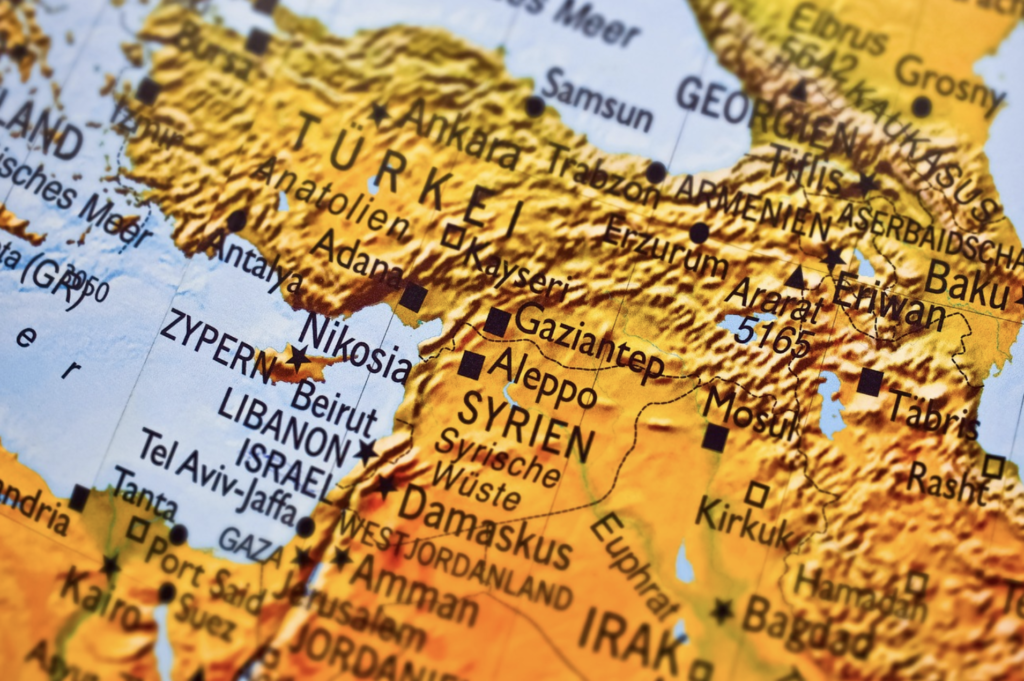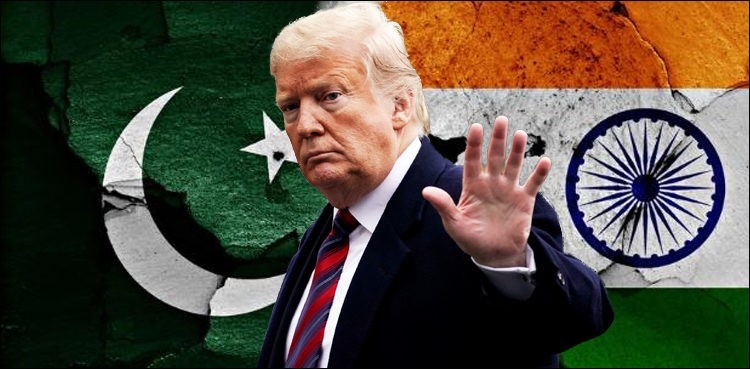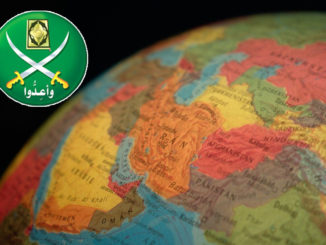
This month marks the fifth year of Russian “intervention by invitation” in Syria. The concept of “intervention by invitation” has gained vitality since the turn of the century. Starting with the US intervention in Iraq in 2003, (which, as the later events proved, was more of a “self-invitation”) the world has witnessed multiple invitations for intervention such as France in Mali, Saudi Arabia in Yemen, ECOWAS in the Gambia, and Russia in Syria, etc. The notion of intervention by invitation envisages military intervention by a foreign country in an internal civil war/armed conflict at the invitation of the government of the State inviting. This practice is distinct in nature as compared to UN Article 2(4) that includes the use of force. The debate over the use of force in intervention by invitation is inconclusive and, in most cases, the intervening forces resort to military actions, which also infringes upon the use of force by the states or Jus ad Bellum.
Syria has been a unique case in international law, international relations, and arguably, the only country that has been subjected to both pre-emption and coercion in the international disarmament regime. Although Arab Spring did not directly reach Syria, however, to punish its ruler and change the regime, Americans and Israel actively supported an anti-regime civil war. A 2012 Brookings Institute report Saving Syria – Assessing Options for Regime Change, highlighted six approaches to removing Assad’s regime including the use of diplomatic means, sanctions, and diplomatic isolation, arming the Syrian opposition, replicating NATO efforts in Libya to strengthen the opposition, invasion of Syria by the USA, and a multilateral NATO-led coalition. The report also painted a scenario in which Israel would posture forces on Golan Heights, and Turkey was to be encouraged to do the same on the Syrian border, pressurizing Syrian forces and Assad to step down. The sudden rise (and now fall) of the Islamic State in Iraq and Syria (ISIS, ISIL, or Daesh) came as a shock for the Assad regime. Along with Daesh, scores if not hundreds of small terrorist groups cropped up and the normalcy seized to exist in the Syrian society. Millions became refugees in countries including Turkey, Jordan, Lebanon and other yet became unwelcomed guests in the West.
The absence of regional peace in most of the Middle East, during most of the 20th Century, is an over-attended history. The American invasion of Iraq and the rise of ISIS during the current decade exacerbated the deteriorating situation. The receding tides of the Arab Spring hit Syria, and the regional and American desire for regime change fueled the simmering fire in the country. Consequently, Syria also became a home for proxy wars between the regional actors such as Turkey and Russia, Iran, and Saudi Arabia. Starting 2012, a chronological count adds up to 43 conflicts between Russia and Turkey in the Syrian arena, including multiple shooting down of aircraft, air space, maritime tensions, and violations. It is only during March 2020 that Putin and Erdogan reached an accord to halt fighting in Syria.
Modern Syria has mostly been a pariah state during the past many centuries and before the 12th Century Hijri, five Fatwas issued by the Sunni scholars against the Nusayris/Alawi Shiites in Syria. Issued during the Mamluk rule and initial years of Ottoman Empire, four Fatwas declared all the extreme Shi’ite creeds as heretics and outside Islam, (the fifth one issued specifically against the Nusayris by a local Sheikh of Latakia). It was after the fall of the Ottoman Empire and the rise of ‘Pan Arabism’, that a Sunni Mufti Amin al-Husayni recognized Alawites as part of the Muslim community. In 1970 Hafiz Al-Assad became the leader of Syria, and two more Fatwas were issued by Shi’ite scholars recognizing them as part of the Shi’ite community. Bashar Al-Assad took over after the death of his father in June 2000 – the current year marking the half a century ruled by the same family.
Besides the abundance of home-grown terrorism and a plethora of violent non-state actors brought the society to a grinding halt, which further facilitated Daesh to carve out a state within Iraqi and Syrian territories. Multiple chemical attacks on the civilian population and a series of following events forced the Assad regime to become a party to the Chemical Weapons Convention and give-up chemical weapons.
The Syrian civil war continued to burn the society and state affairs started slipping out of the regime’s control rather quickly, with increasing Western and regional demand for regime change. These events obliged President Assad to formally request Russian intervention to fight international terrorism in support of Syrian armed forces.
The arrival of Russian troops starting September 2015 (arguably) changed the entire scenario of the Syrian civil war favoring Assad. It is important to note that Syria extended Tartus port facilities to Russia (as the only warm water port in the Mediterranean) during 1971 as a counterbalance to US 6th Fleet’s presence in Italy. However, the Russian navy abandoned its operations in 1992. Russia wrote off most of the Syrian debt (over $13 Billion) and became the arms supplier in 2005. As a quid pro quo, Tartus facilities were again handed over to the Russians. Since the invited intervention by the Russians, the port has been used for transportation of military supplies.
Additionally, the election of Trump as POTUS in 2016, and his ‘inwards looking’ foreign policy, added to the respite for the Syrian government. Turkey has constantly been calling for a no-fly zone and a buffer zone in Northern Syria since 2016. The concept of establishing no-fly zones and buffer zones meant effective division, isolation, and possible loss of territory. Consequently, it was resisted both by Russia and Syria.
In the final analysis, Russian intervention in Syria has proven to be of great value not only for Syria but in the fall of ISIS. American focus in the Syrian war has been on regime change for which they backed multiple rebel groups in Syria. Unfortunately, most of these groups were supplied weapons by the USA and were in-turn sold to ISIS, by the same rebels. America spent $ 500 Million to train almost 5000 ‘moderate rebels’ to topple the Assad regime, however, by the time Russia entered the scenario only four or five such rebels could be counted. As a result, American efforts to overthrow Assad completely failed, adding to the failed 21st Century American interventions. With no clear plan and suitable replacement options, American plans for regime change effectively stalled. Russian presence has not only strengthened the Assad regime but improved the overall security situation in Syria, besides the reduction of the ISIS to very few pockets of resistance. Turkish and Russian rapprochement during March 2020 is likely to further improve the situation. One can only hope that the region in general and Syria and Iraq, in particular, find some solace in this improving security environment.
![]()




Be the first to comment